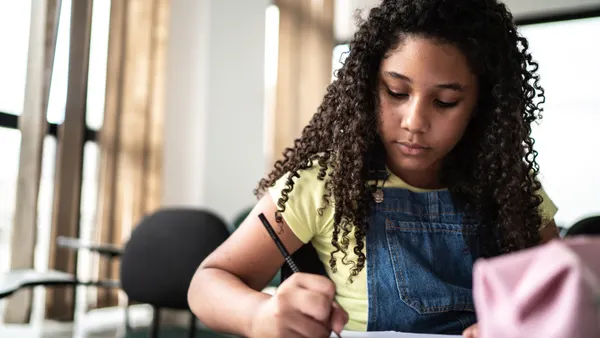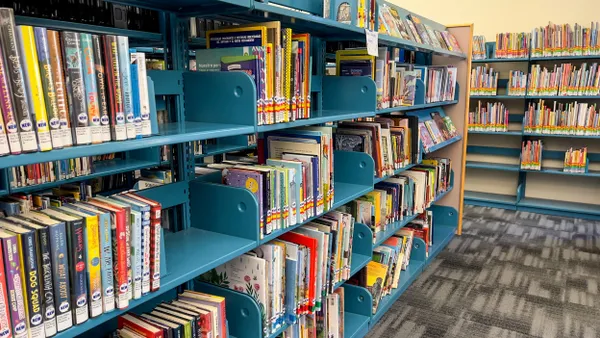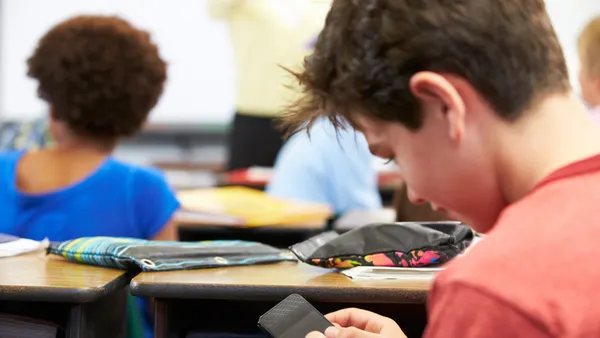Dive Brief:
-
An Ohio superintendent is apologizing for a class activity that asked 7th- and 8th-graders to examine a list of people and decide who they would save if the Earth were to explode, The New York Times reports.
-
The spaceship in the exercise can only hold eight passengers, and students were asked to rank, from most deserving to least, who they would choose to save and who to leave behind. Among the list of candidates: a homophobic Hispanic clergyman, a female movie star and sexual assault survivor, a gay male professional athlete and a racist, armed police officer accused of using excessive force,” according to Fox News.
-
The Roberts Middle School teacher didn’t come up with the assignment, and the goal was to break down stereotypes, promote tolerance in the classroom, and strive toward the district’s goal of talking about “diversity awareness and social justice,” Superintendent Todd Nichols told The New York Times in a statement.
Dive Insight:
Making lessons interesting is an important part of teaching. If students are bored, they’re probably not paying attention to the lesson, and they probably aren’t fully absorbing the material. Teachers have taken this to heart by trying to center lessons on a fun activity or decorate their room in a particular theme in the hope that students will be more engaged and excited about learning. It’s brought more creativity and collaboration to the classroom, and in many cases, it’s strengthened the relationship between a teacher and his or her students. But in the case of Roberts Middle School, this attempt to be creative didn’t go over as well as the teacher may have hoped.
Parents of students who got the assignment told the Times that their children didn’t get a proper explanation of the activity, which could lead to even more bias in the classroom. With the proper training, exercises like the one used at Roberts Middle School can be effective, but they require context and guidance from the teachers leading them. Niya Blair, director of the Center of Diversity and Inclusion at the University of Houston — where the assignment originally came from — told the Times it’s key to understand the environment and audience when doing these kinds of activities.
It’s also key to make sure that students doing the activity feel included. Students who have an inclusive classroom environment have a better chance at succeeding and having a more positive learning experience. Involving students in ways like asking them how they like to learn not only gives them active roles in the process, but it also builds a compassionate tone that students might be more likely to use in the future. And by incorporating ideas like social-emotional learning, teachers can move closer to having a school culture of inclusiveness and diversity.










